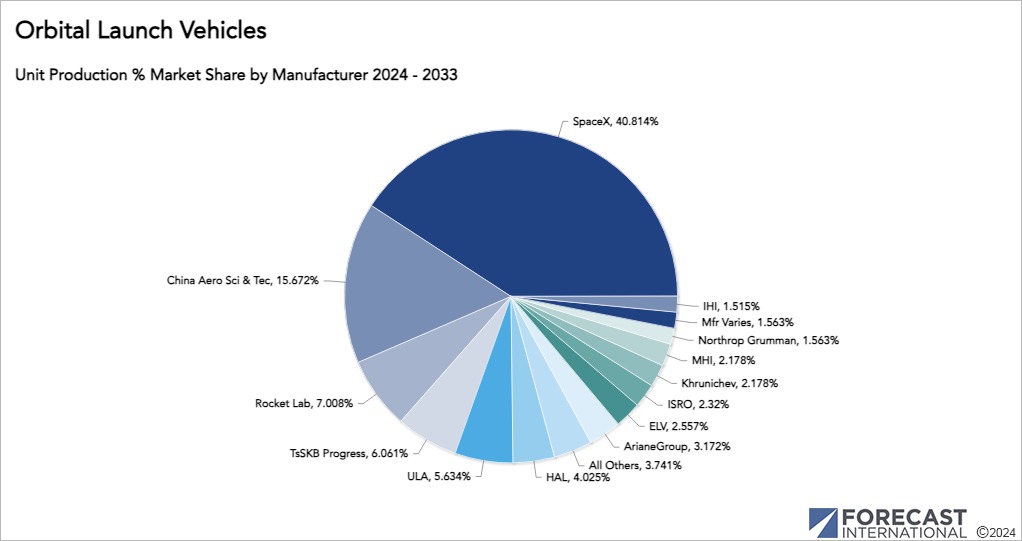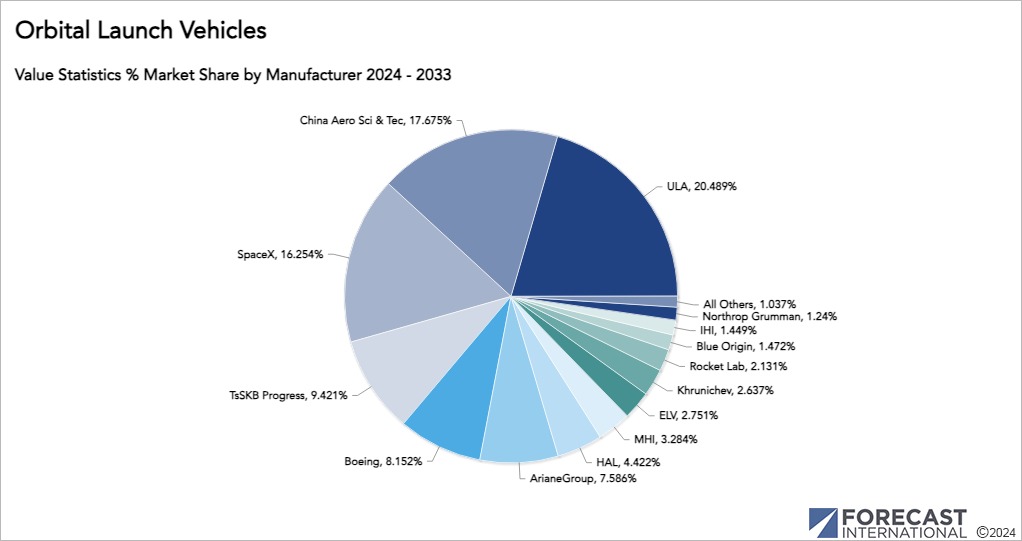
ESA’s (European Space Agency) Ariane 6 rocket launches from Europe’s Spacesport, the Guiana Space Center in Kourou, French Guiana on Tuesday, July 9, 2024. ESA/S. Corvaja
Ariane 6's Launch Makes Europe Competitive Once Again
Successful maiden voyage propels Europe back into the competitive space race, challenging SpaceX dominance.
The successful launch of Ariane 6 on 9 July, 2024 from Kourou, French Guiana has effectively brought Europe back to the table as a go-to launch provider.
Originally, Arianespace had a few options in its quiver including Vega and Vega C, Soyuz-ST and Ariane 5. Due to the War in Ukraine and the sanctions that followed, Russia stopped all launches of Soyuz from Kourou. Issues with the Vega C rocket and delays to Ariane 6 have translated to missed opportunities for Arianespace. As an example, the EarthCARE mission was moved from Vega C to Falcon 9 due to various factors including delays due to that rocket's failure in December 2022.
Now that Europe, and more specifically, Arianespace has returned to the market with two rockets how much will the affect the overall market?
SpaceX will continue to be tough competition and although Ariane 6 and Falcon 9 prices are seldom announced, they should both have competitive pricing; however, Falcon 9 likely has an edge due to its reusability. Nevertheless, Arianespace and Europe will occupy a significant portion of the overall launch vehicle market.


In the production forecast for 2024-2033 above, SpaceX has the units to be manufactured (namely upper stages) far in advance of rivals; however, value will be a tighter race. The value chart demonstrates that production value will belong to the major space powers. The United States (chiefly ULA, SpaceX), China (CAST), Russia (TaSKB Progress, Khrunichev), Europe (ArianeGroup, ELV) India (HAL) and Japan (MHI, IHI).
Moving forward, it remains to be seen just how much of the market Vega C and Ariane 6 can take. Looking at historical figures and launch manifests, these rockets will have solid footing. The Kuiper constellation, in which some satellites will be launched on Ariane 6, and other payloads will keep the teams in Kourou busy for the foreseeable future.

